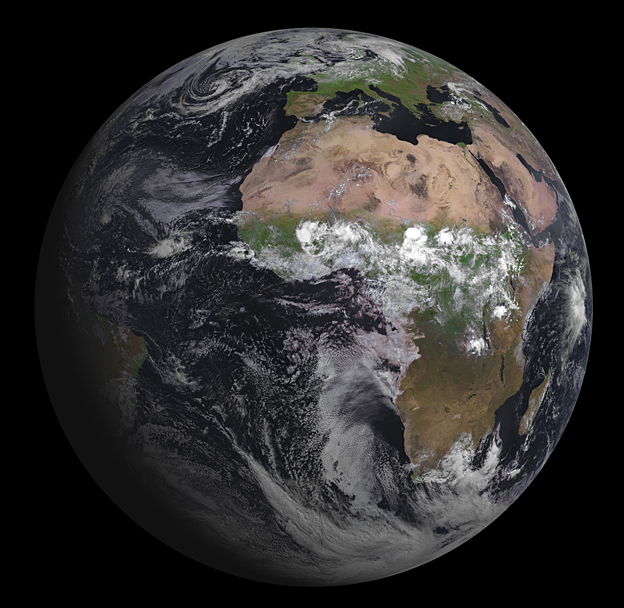 |
| from Scotese.com - an awesome source of paleomaps from earth history |
Buffalo, N.Y. : Firefly Books, 2013
208 p. : ill. (chiefly col.), col. maps ; 26 cm.
Confession: I love books about deep time, especially about the earth. This is a book that satisfied my hankering for science books about the very, very distant past. And regarding the deep past, what could be more interesting than those rare great extinctions in which enough conditions - sea levels, climate, extraterrestrial impact, volcanism - occurred together that a dramatic percentage of all life on earth was wiped out? The topic is even more compelling when one thinks about the possibility that we are living at the start of the 6th great extinction event. However, I'd have to give this book a mixed - though mostly positive - review.
The strengths of this book are it's organization - each great extinction event is presented chronologically and maps, charts, and knowns and unknowns about the event are presented in much the same order. I also really appreciated the number of illustations and maps in the book. The author is able to cover a lot of territory in the book and make a lot of it accessible. A lot, but not all of it - and that is my main critique of this book for a high school collection. There are times where the data and explanations are very complex and difficult to follow and will turn off and frustrate the general reader. Therefore I would recommend this book to students researching the science of the great extinctions or students who are avid science readers; the general reader is probably going to get bogged down long before finishing this book.

